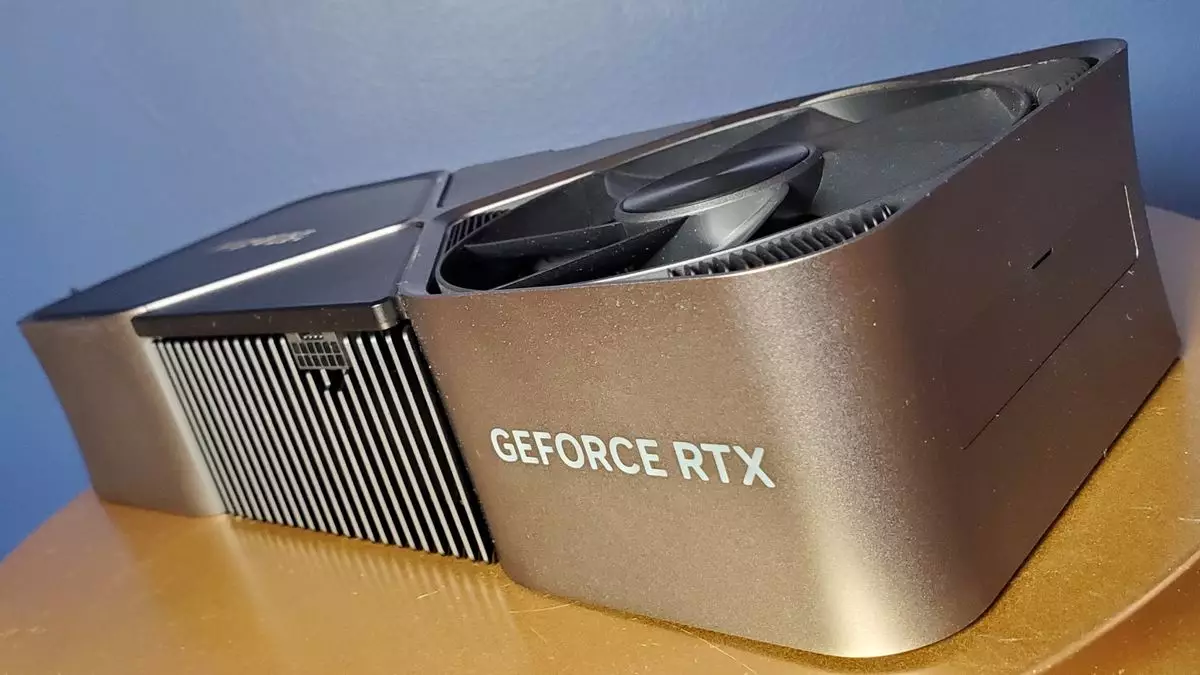The evolution of graphics cards over the years has been nothing short of remarkable, with each new iteration promising improved performance and capabilities. However, this relentless pursuit of higher performance has brought about a significant increase in power consumption, culminating in the upcoming Nvidia RTX 5090. The rumored specifications reveal that this powerhouse may demand a staggering 575 watts of thermal design power (TDP), positioning it as potentially the most power-hungry consumer graphics card we’ve seen in recent history. This article will explore the implications of such significant power requirements and what they mean for consumers and the industry as a whole.
Recent information from prominent leakers like hongxing2020 and kopite7kimi indicates the RTX 5090 will indeed see considerable power consumption compared to its predecessor, the RTX 4090, which holds a TDP of 450W. This increase of 125 watts translates to nearly a 30% rise in power draw, which raises questions about the implications of such “power inflation.” Additionally, the anticipated 21,600 CUDA cores represents a similar increase from the 4090’s 16,000 cores, further reflecting the trend toward raw performance requiring more resources.
The shift from GDDR6X to GDDR7 memory found in these new graphics cards also warrants attention. While GDDR7 is reportedly less power-intensive than its predecessor, the overall increases in power draw and efficiency adjustments indicate that Nvidia is making necessary adaptations to balance power consumption and performance. For avid gamers and professionals alike, this pattern of increased consumption signifies the need to prepare for more demanding hardware in their systems.
As power requirements escalate, users may face the need for significant upgrades to their power supplies. Corsair has already hinted at preparations for next-generation power supply units (PSUs) capable of handling higher draws, demonstrating an anticipated shift in consumer needs. The advent of new power specifications like the 12VHPWR connectors, which faced reliability issues during the launch of the 40-series, exemplifies the growing complexities users will need to navigate.
For enthusiasts looking to integrate an RTX 5090 into their setup, a robust power supply capable of supporting this high TDP will be essential. This could mean additional costs as users will need to invest not only in the graphics card but in an entirely new PSU as well. Additionally, as power systems become more intricate, consumers may find themselves needing to regularly reassess their setups to ensure compatibility with future hardware upgrades.
Nvidia’s Blackwell architecture marks a strategic departure from previous designs, aiming to deliver additional performance while integrating innovative efficiency measures. Still, as much as excitement surrounds the potential of the RTX 5090 and RTX 5080, understanding how these architectures will function demands more detailed information, particularly regarding their operational specifics and temperature management. With the anticipated performance uplift, we can expect more powerful computing capabilities that could transform user experiences in gaming, graphic design, and AI applications.
The ongoing discourse within the PC gaming community regarding thermal management and power consumption appears increasingly relevant. As hardware ramps up, managing heat becomes an imperative consideration. Advanced cooling solutions will be essential to ensure stable performance without overheating or instability, which can severely impact user satisfaction.
The rise of graphics card power consumption, highlighted by the Nvidia RTX 5090’s reported specifications, reflects broader trends in the PC hardware landscape. As manufacturers strive to push the boundaries of performance, users must adapt by upgrading several components in their systems, including PSUs and cooling solutions. While the excitement for upcoming graphics cards remains palpable, being informed about their power requirements and the consequent modifications to user rigs will be vital. As we look ahead to CES 2025, there is no doubt that the conversation around power and performance will shape the future of PC gaming and computing technology.


Leave a Reply